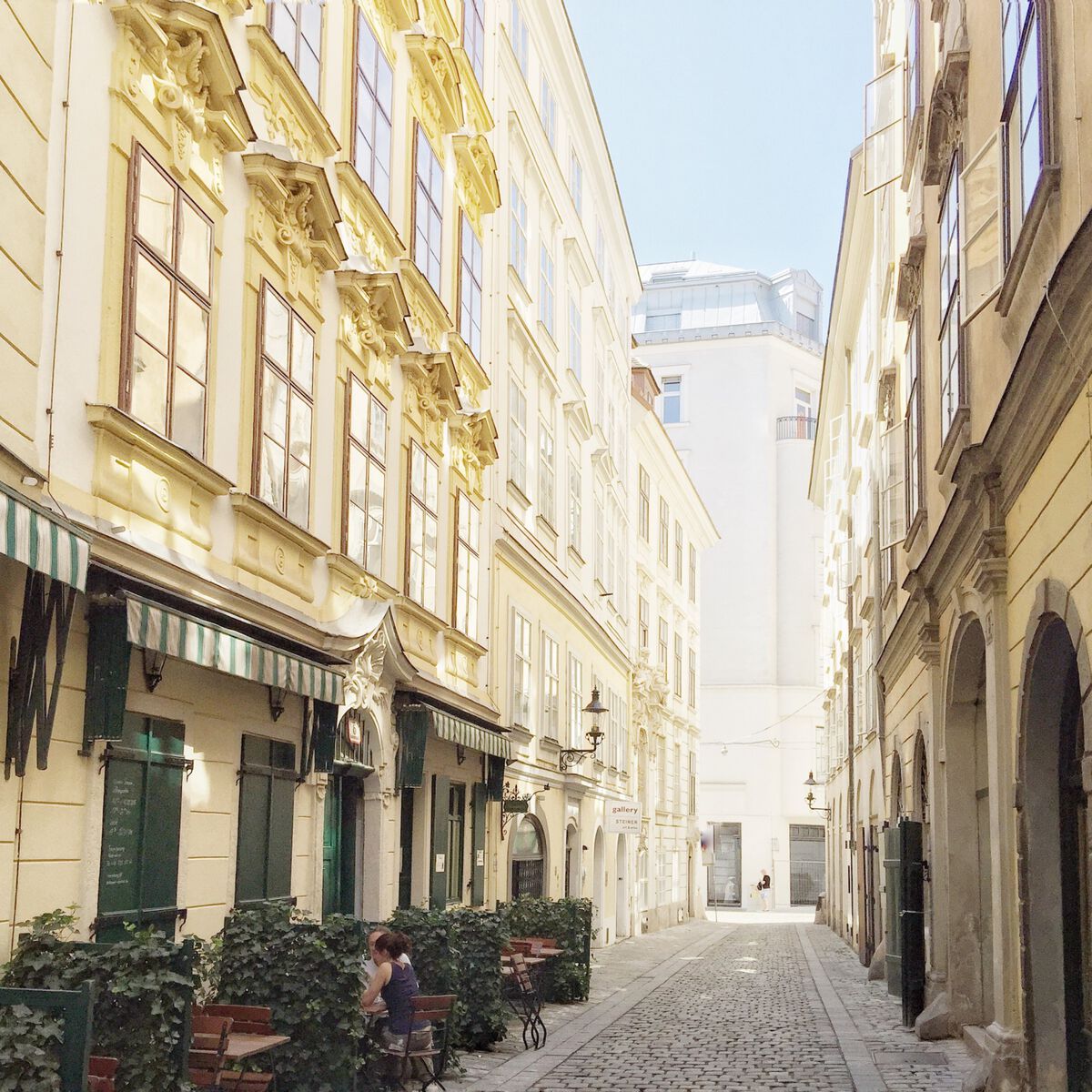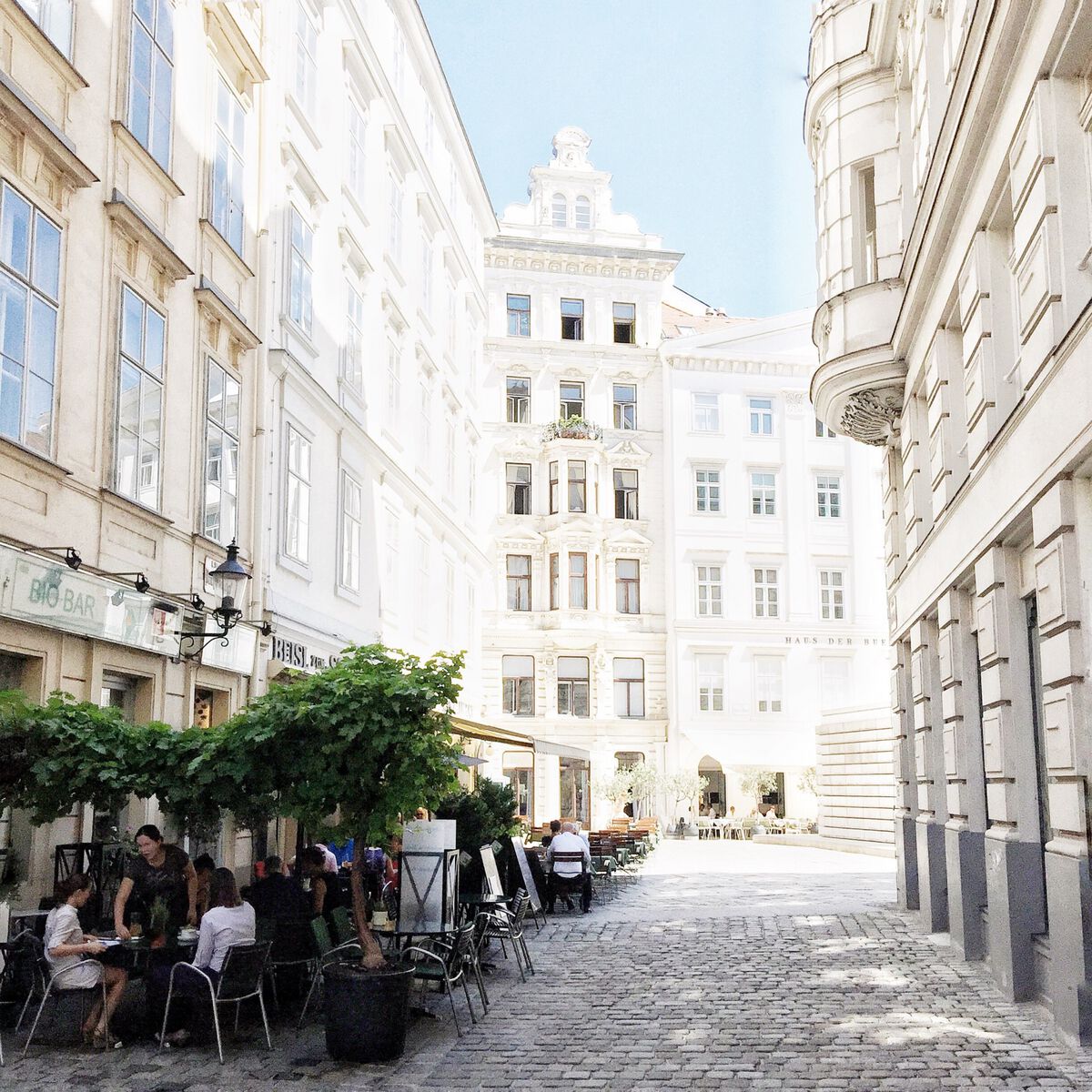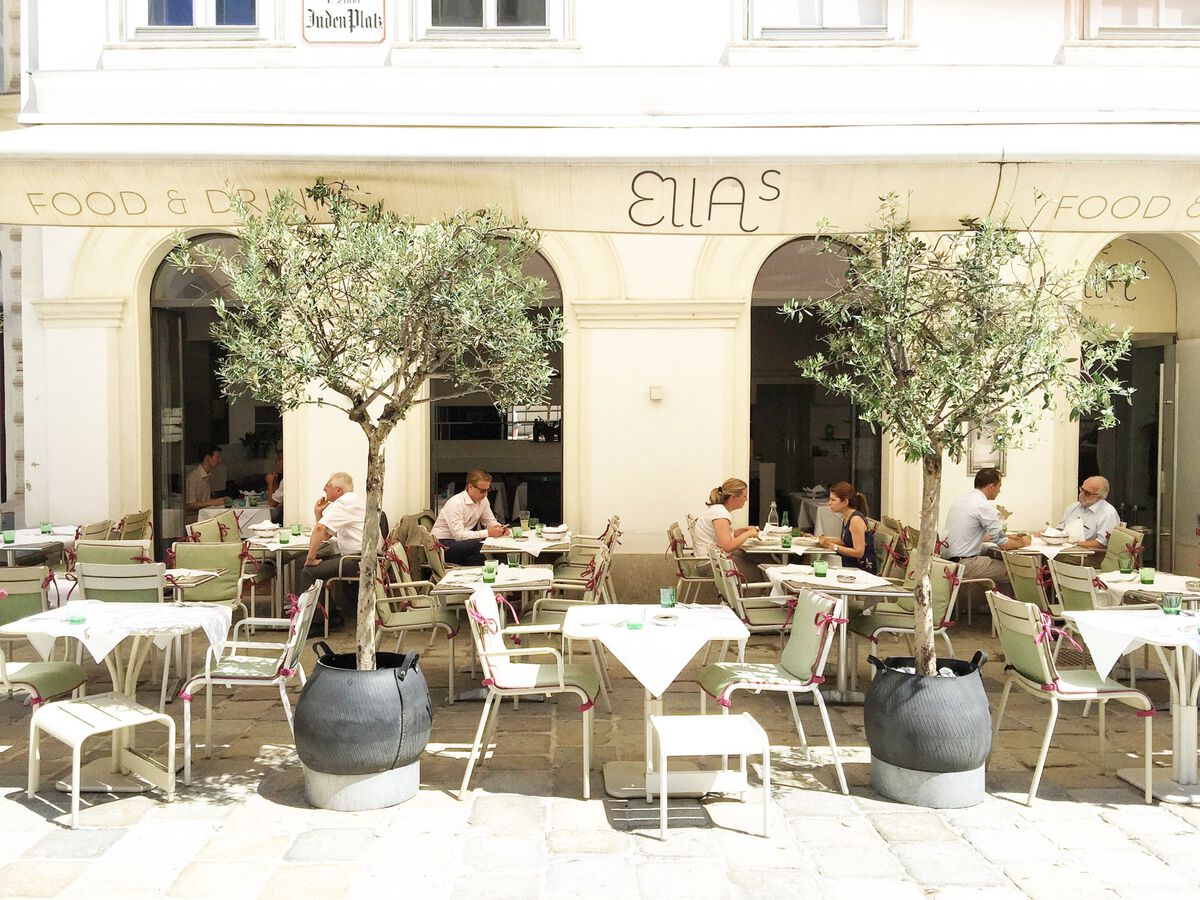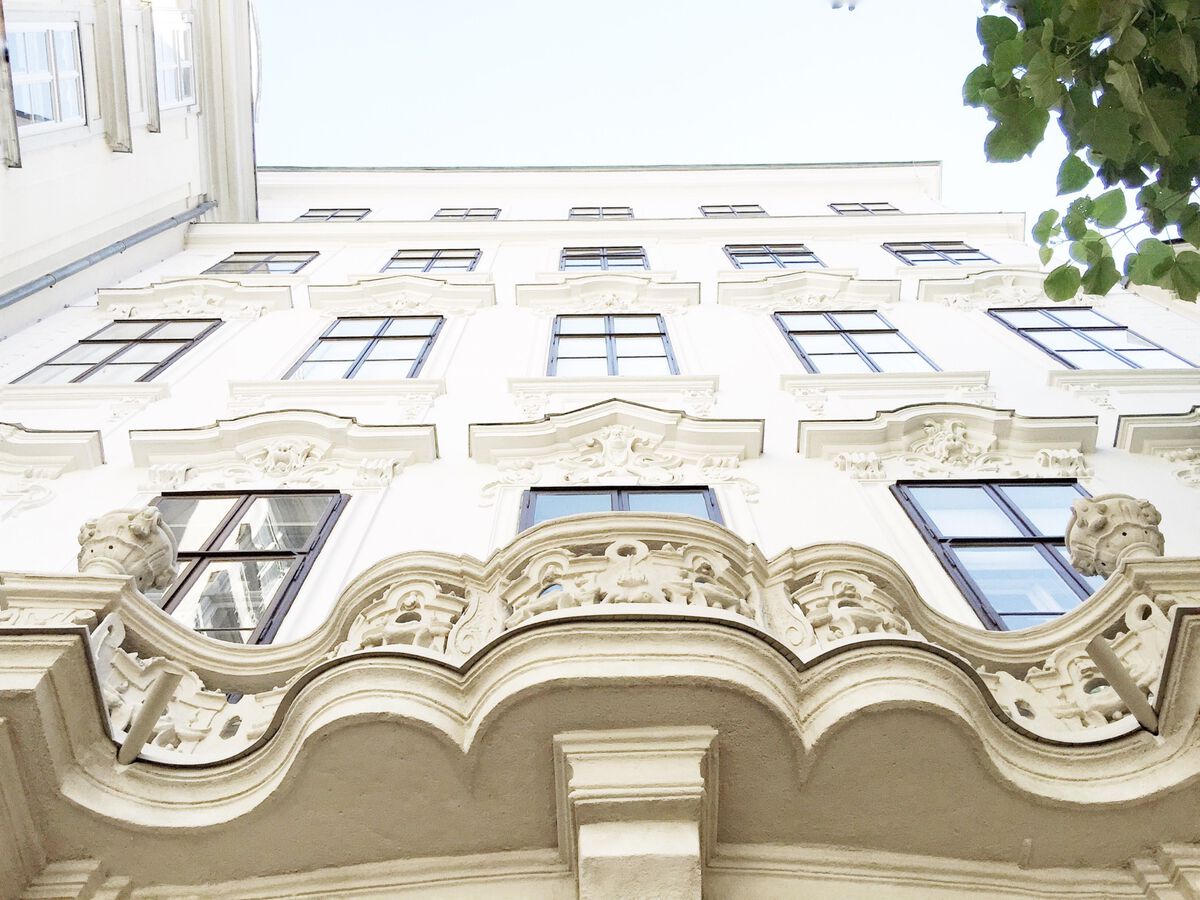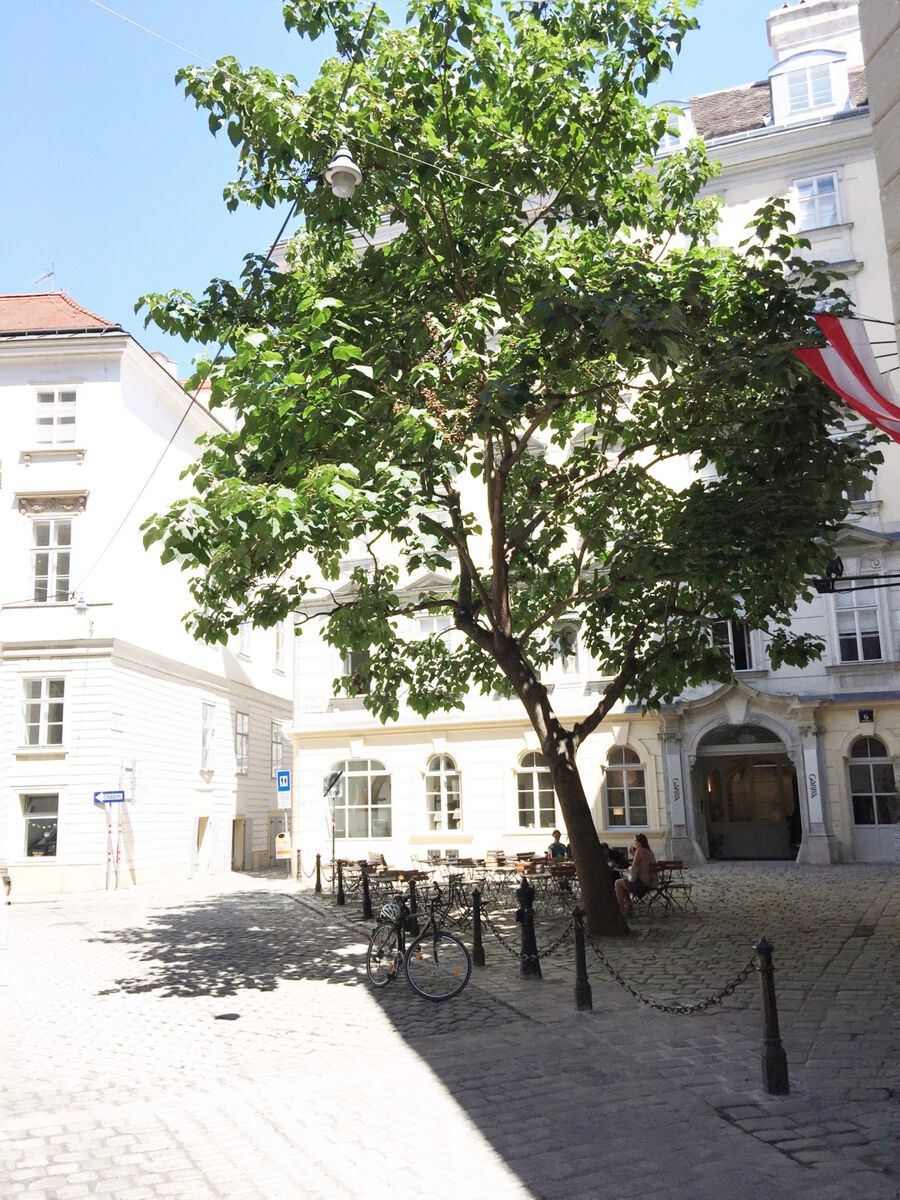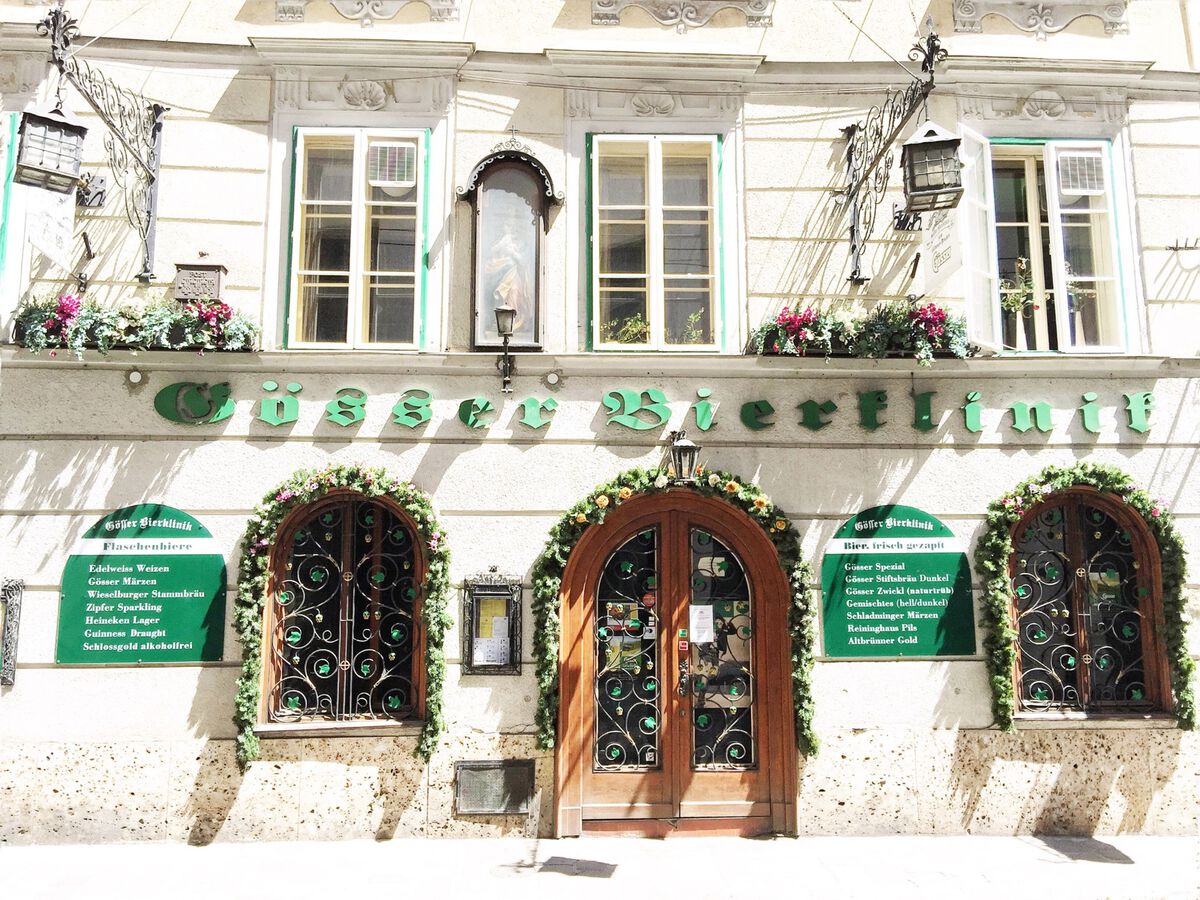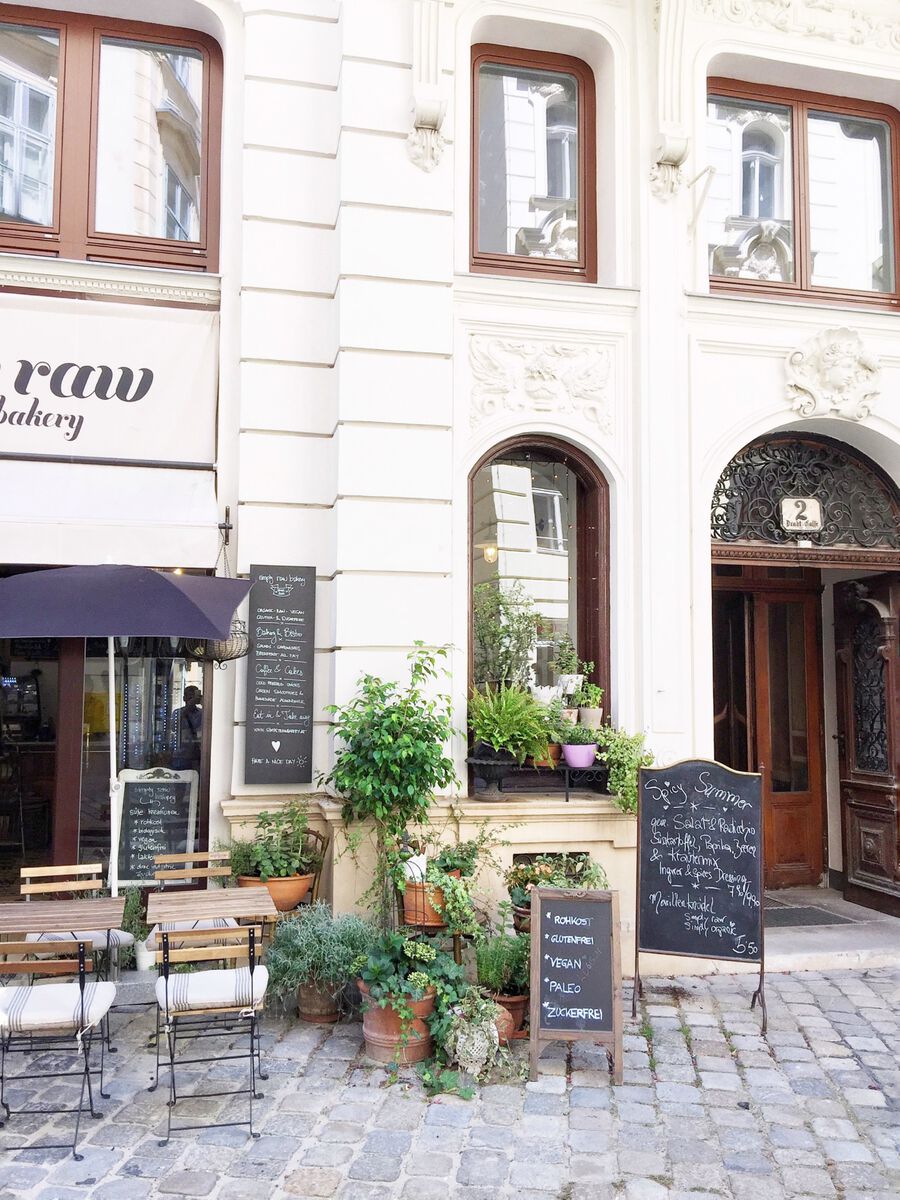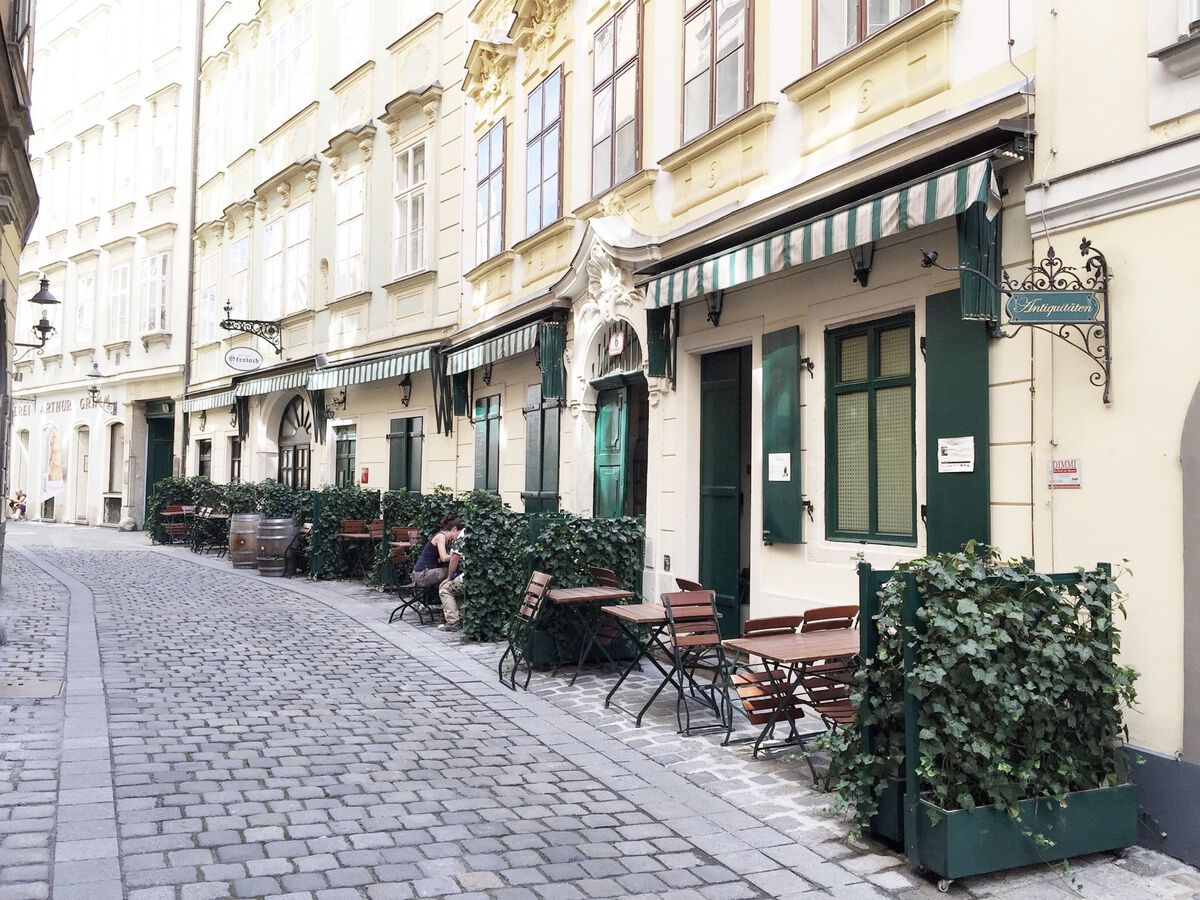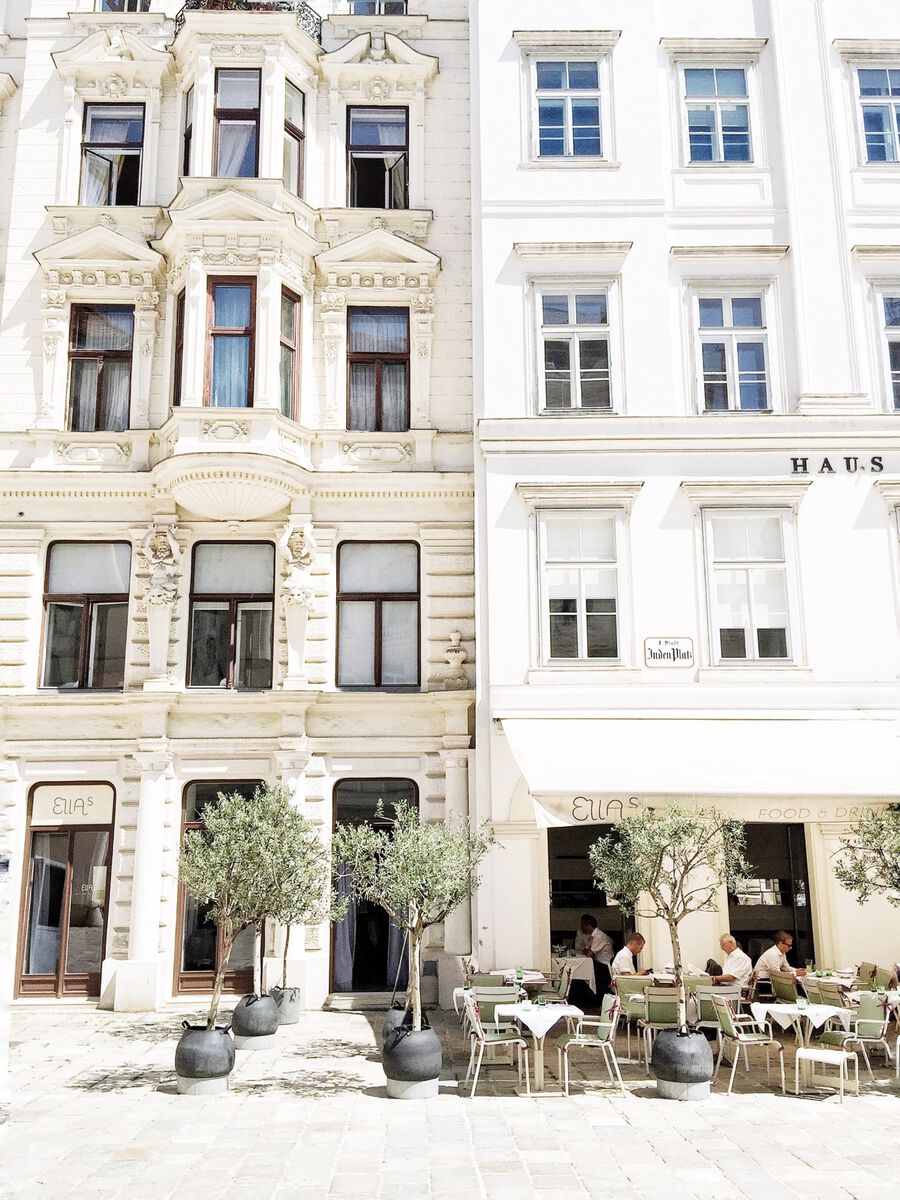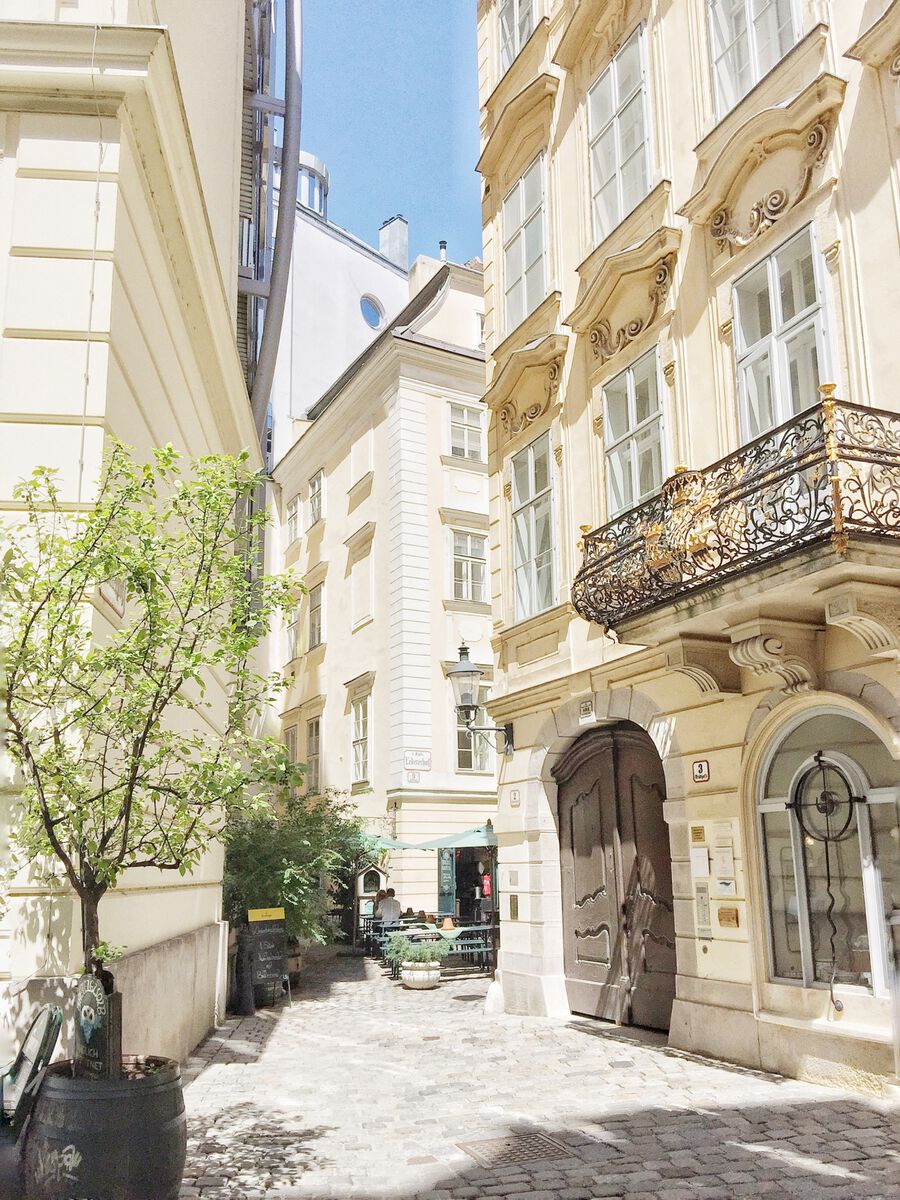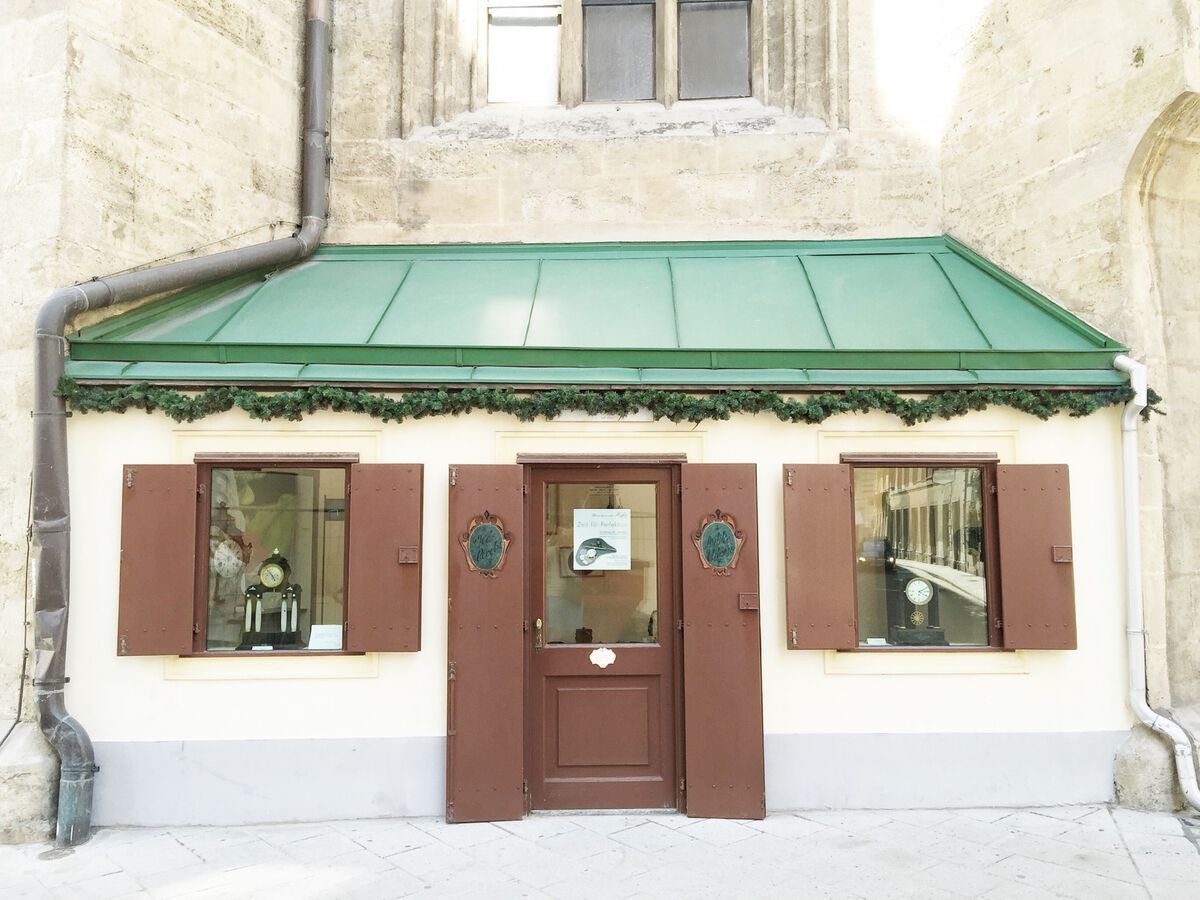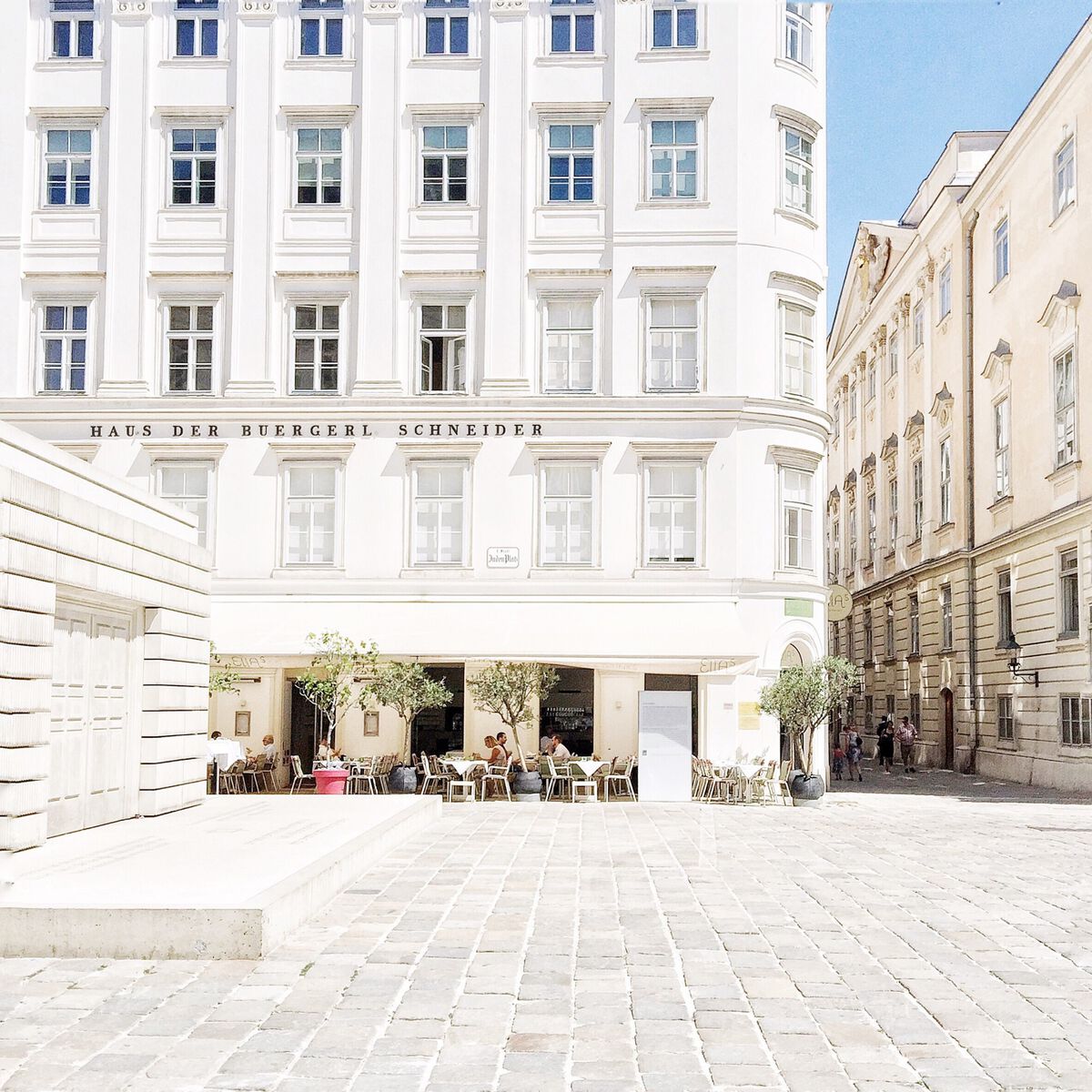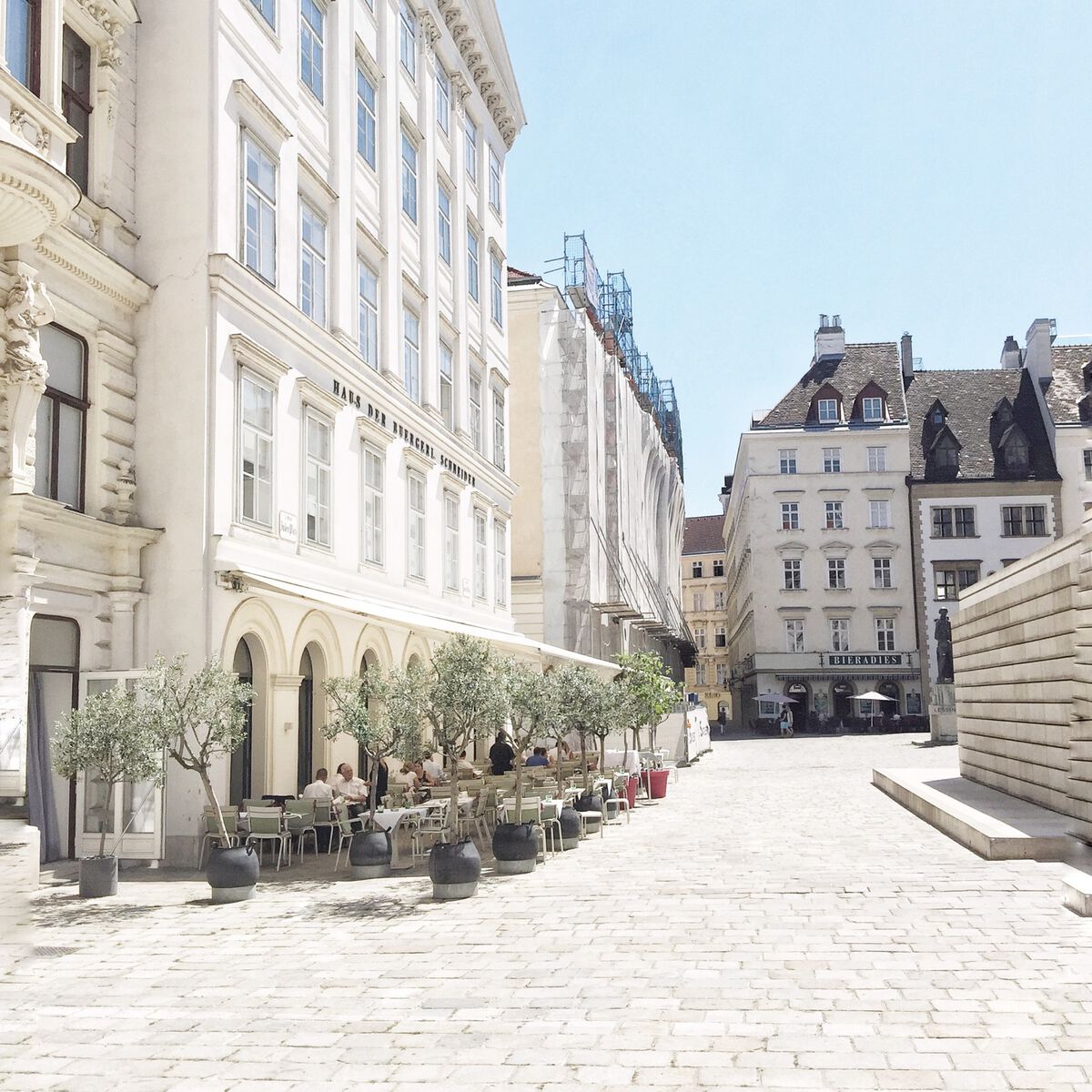Last Updated on March 10, 2024 by gregor
Vienna’s Secret Alleys: An Unveiled Journey Through Time
Introduction
Summer in Vienna offers the perfect backdrop for a journey through time, away from the well-trodden paths of the city’s bustling avenues and shopping districts. While many visitors flock to the grand boulevards surrounding St. Stephen’s Cathedral, a lesser-known treasure awaits those willing to veer off the beaten track.
This blog post is an invitation to explore the historic heart of Vienna, a journey through its charming, lesser-known streets that promise an authentic glimpse into the city’s past.
Chapter 1: The Charm of Vienna’s Historic Center
Vienna’s historic center is a tapestry of time, where every cobblestone and corner tells a story. Far from the maddening crowd of tourists, the area’s small, lovely streets offer a peaceful refuge. These lanes, less frequented by visitors, remain true to their long historical roots, showcasing magnificent architecture in the small, quaint houses that line them.
Chapter 2: A Walk Through Time
Last week, during some of the hottest days Vienna has experienced this summer, I embarked on a personal journey to embrace the beauty and tranquility of these hidden lanes. My adventure began in the enchanting Kurrentgasse, winding through the historic Jewish square towards Drahtgasse, then meandering through Ledererhof, Schulhof, and Steindlgasse, before culminating in the magnificent Kleeblattgasse. Each step along this route was a step back in time, an intimate encounter with the city’s architectural heritage and vibrant history.
Chapter 3: The Road Less Travelled
What sets these streets apart is not just their historical significance, but also their physical characteristics. Most of these lanes boast traditional cobblestone pavements, adding to the aura of stepping into another era. Along the way, one can discover traditional shops and small, cozy coffee houses that offer a warm welcome to anyone who ventures off the main thoroughfares. These businesses, many of which have been there for generations, add to the charm and authenticity of the area.
Chapter 4: A Treasure Trove of History and Culture
The historical background of these streets is rich and varied, often reflected in the stunning architecture of the buildings. From Gothic to Baroque and everything in between, the architectural styles present in these lanes speak volumes about Vienna’s evolution over the centuries. Each building, with its intricate designs and details, tells its own unique story of the past.
Conclusion: Vienna’s Best-Kept Secret
For those planning a visit to Vienna, a detour through its historic lanes is an opportunity not to be missed. Away from the hustle and bustle of the city’s more popular attractions, this area offers a serene and deeply personal experience of Vienna’s heritage. It’s a chance to see the city through the eyes of those who have walked its streets for centuries, a truly unforgettable journey into the heart of one of Europe’s most beautiful capitals.
In sum, Vienna’s historic lanes are a hidden gem, offering a unique perspective on the city’s rich history and vibrant cultural tapestry. It’s a reminder that sometimes, the most rewarding experiences come from taking the road less traveled.
Frequently Asked Questions (FAQs) About Exploring Vienna’s Historic Lanes
1. What is the best time of year to explore Vienna’s historic lanes?
The best time to explore Vienna’s historic lanes is during the summer months. The weather is warm and pleasant, making it ideal for strolling through the streets and enjoying the city’s architectural beauty. However, spring and autumn also offer comfortable temperatures and fewer crowds, providing a more serene experience.
2. Do I need a guide to explore these historic lanes?
While you do not necessarily need a guide to explore Vienna’s historic lanes, having one can enrich your experience. A knowledgeable guide can provide insights into the history and architecture of the area, sharing stories and facts that you might not discover on your own. However, self-guided walks can also be very rewarding, offering the freedom to explore at your own pace.
3. Are there any specific lanes or streets that I should not miss?
Yes, there are several specific streets that offer a particularly enchanting experience, including Kurrentgasse, Jewish Square (Judenplatz), Drahtgasse, Ledererhof, Schulhof, Steindlgasse, and Kleeblattgasse. Each of these lanes has its own unique charm and historical significance, making them must-visit spots on your journey through Vienna’s historic center.
4. What can I expect to find in these historic lanes?
In these historic lanes, you can expect to find a blend of magnificent architecture reflecting various periods and styles, traditional cobblestone pavements, quaint shops, and cozy coffee houses. These streets offer a glimpse into Vienna’s past, showcasing the city’s rich history and cultural heritage.
5. Are there any entry fees to explore these streets?
No, there are no entry fees to explore these streets. They are public spaces open to everyone, making them accessible and free to wander through at your leisure.
6. Is it suitable for families with children?
Yes, exploring Vienna’s historic lanes is suitable for families with children. The streets are pedestrian-friendly, offering a safe environment for children to walk and explore. Moreover, many lanes host charming shops and cafes that cater to families, making it a pleasant experience for visitors of all ages.
7. How long does it take to explore these historic lanes?
The duration of your exploration can vary depending on your pace and interest level. A leisurely walk through the recommended lanes could take anywhere from 2 to 4 hours. However, you may choose to spend more time in certain areas, exploring shops, visiting cafes, or simply soaking in the atmosphere, which could extend your adventure.
8. Are there any guided tours available for these historic lanes?
Yes, there are guided tours available that specifically focus on Vienna’s historic lanes. These tours are often led by knowledgeable local guides who can provide in-depth information about the history, architecture, and cultural significance of the area. You can find these tours through local tour operators or tourist information centers.
9. What should I bring with me when exploring these lanes?
When exploring these lanes, it’s advisable to wear comfortable walking shoes due to the cobblestone pavements. Also, consider bringing a water bottle, especially during the summer months, and a camera to capture the beautiful scenes you will encounter. A map or a navigation app on your smartphone can also help find your way around.
10. Are the historic lanes accessible to those with mobility issues?
While many of Vienna’s historic lanes are accessible, the cobblestone pavements may pose challenges for those with mobility issues or using wheelchairs. It’s best to research specific streets ahead of time and plan accordingly. Some areas may be more accessible than others, and there are often alternate routes that can be taken to enjoy the historic center’s beauty
Planning a trip to Vienna, here you find all the related information
https://www.theviennablog.com/category/vienna/top-tips
